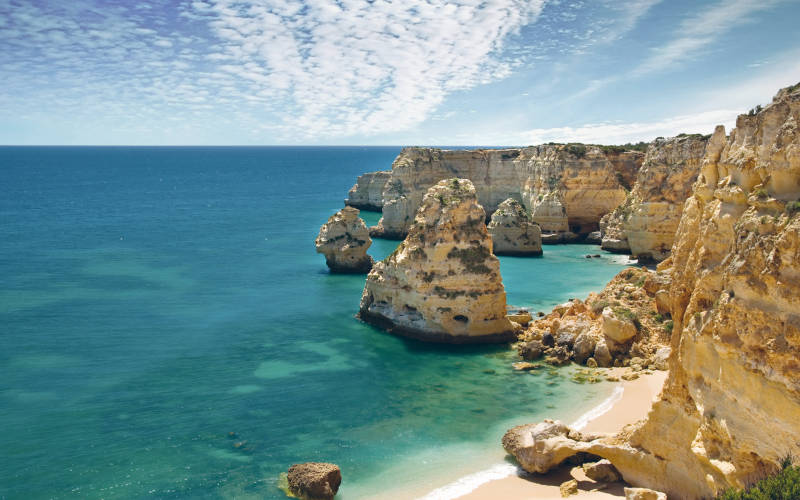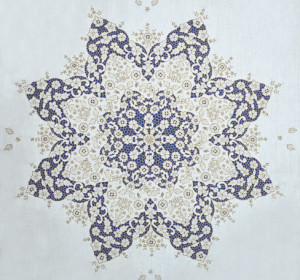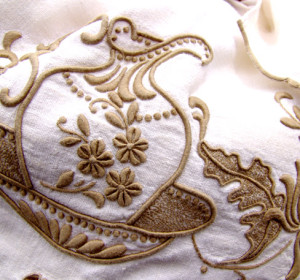By Agate Rublovska
The UCR community is a diverse, international community – this seems to be a fact most of us are aware of. Because of this, most of us have also had quite some contact with the international students, from whom we learn about their culture, traditions, language, important historical events, present concerns, and so on. However deep and diverse these conversations might be, it is nonetheless highly probable that many aspects of those cultures are still left uncovered – for example, the most important and distinctive cultural artefacts that have been passed down from generation to generation, the issues the contemporary artists reflect on in their works, and so on.
This segment will periodically investigate the hidden cultural treasures of the international UCR students, giving them the opportunity to bring out the traditional and contemporary examples of national art that they regard as important, distinctive, influential, or just interesting and worthy of a broader acknowledgement. It must be stated, however, that this entry cannot and is not supposed to give a complete, exhaustive overview of any one culture; it is first and foremost a subjective account of the individuals who were approached about what they experience as typical and important, and worth sharing, not what is generally accepted as such.
The first one to share her knowledge of the ‘hidden treasures’ of her culture is Sara R. P.
Sara is a second-semester student with a multinational background: born in Curacao, an island in the southern Caribbean Sea that forms part of the Kingdom of the Netherlands, she lived in the USA for two and a half years before moving to Funchal, the capital of Madeira, which is the main island within a Portugese archipelago with the same name, where she lived for three years.
She admits that, having moved so often, it is hard to choose the one and only “nationality” when faced with that question. However, it is Madeira whose cultural artifacts will be given reverence this time to point out its uniqueness.
As Sara explains: “Madeira has strong regional culture, and one can sense the “us” and “them” division between the people from the islands and the people from continental Portugal. That a person is from Madeira can be simply sensed in the way they speak”.
The “cultural artefact” with traditional value that Sara chose to discuss in more detail is the tradition of creating bordados (embroidery). Generally, embroidery refers to the practice of decorating a fabric with the help of needle and thread. The practice of creating such sort of handicraft is rather widespread across cultures. However, in Portugal alone a total of 11 different and characteristic styles exist, and that of Madeira is one of them.
As Sara explains: “Bordados are decorated items such as towels and tablecloths that have traditionally had a high cultural value: the item itself was passed from one generation to the next along the female line of the family. It was a highly esteemed gift in such significant events as weddings and communions. Bordados not only represent very elaborate pieces of work, but also had a practical value, since these items were usually used to decorate the house”.
“As for the process of creating bordados, the skill is also passed down along the female line, from grandmother to mother, to daughter. And the process of producing bordados was one of a profound social significance, because the women typically would engage in this activity together.”
Yet, as it happens within the context of “modernization” of an area, traditional artwork often becomes a commercialized good. This was also the destiny of bordados, with it having become commercialized already in the 19th century.
As for the examples of more contemporary art, Sara mentions the name Fernando Pessoa, a poet that is described as one of the most influential literary personalities of the 20th century.
“This poet had a particular gossip circulating about him – that he might have had a multiple personality disorder. This seemed to be suggested by the fact that he would sign his poems by multiple pseudonyms. Not only that, these different “egos” tended to have different personalities and completely different views, and different emotional states – one pessimistic, another nature-loving, the next very scientific…but it seems to me that with this he only reflected the diversity that exists within any society.”
She gives an example of an English version of one of his poems, called Mar Português (Portuguese Sea)
Oh salty sea, how much of your salt
Are tears of Portugal!
To get across you, how many mothers cried,
How many sons prayed in vain!
How many brides were never to marry
In order to make you ours, oh sea!
Was it worth it? Everything is worthy
If the soul is not small.
Who wants to go beyond Bojador,(*)
Must go beyond sufferance.
God gave to the sea peril and abyss,
Yet upon it
He also mirrored the sky.
As Sara explains: “It is one of the poems found in his book Mensagem (Message). The book in itself attempts to recreate the “glorious” past of Portugal – the Age of Portuguese discoveries during the 15th and 16th centuries. In recreating the past, there is this sense of nostalgia, as it is in contrast with the state of decadence of Portugal in the 20th century, which is when the book was written. Fernando Pessoa depicts the virtues of the nation and its past actions and believes that the “regeneration” of the nation will come with the nation’s valorization of its culture and history”.
*Bojador – Cape of Bojador (a cape at West Africa extending into the Atlantic Ocean, now part of Western Sahara).
Agate Rublovska, class of 2015, is a Linguistics and Cognitive Science major from Riga, Latvia



